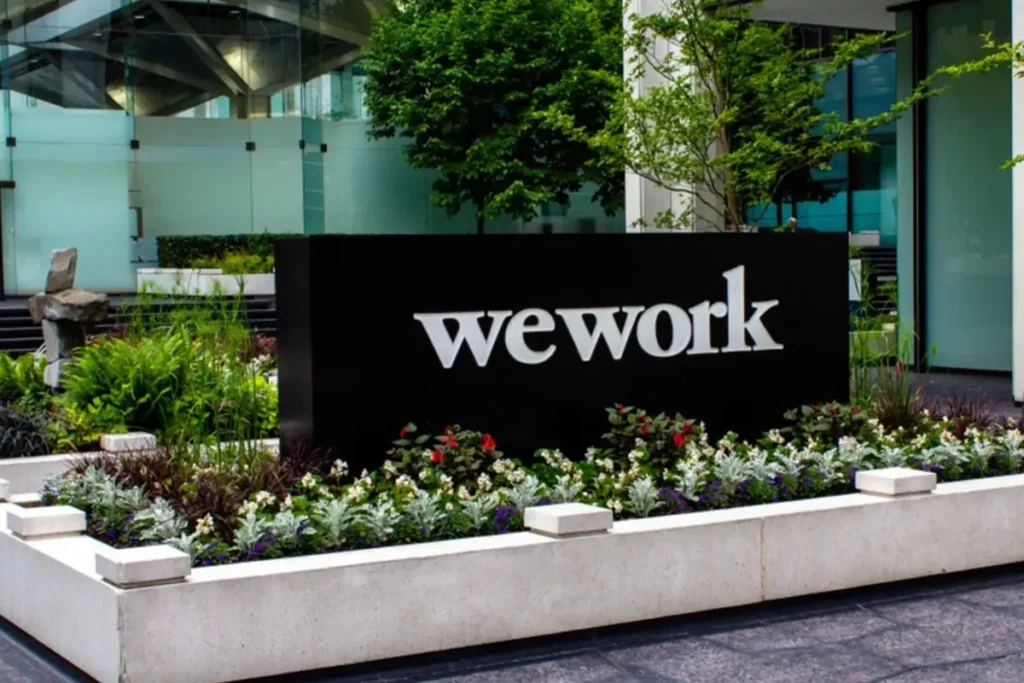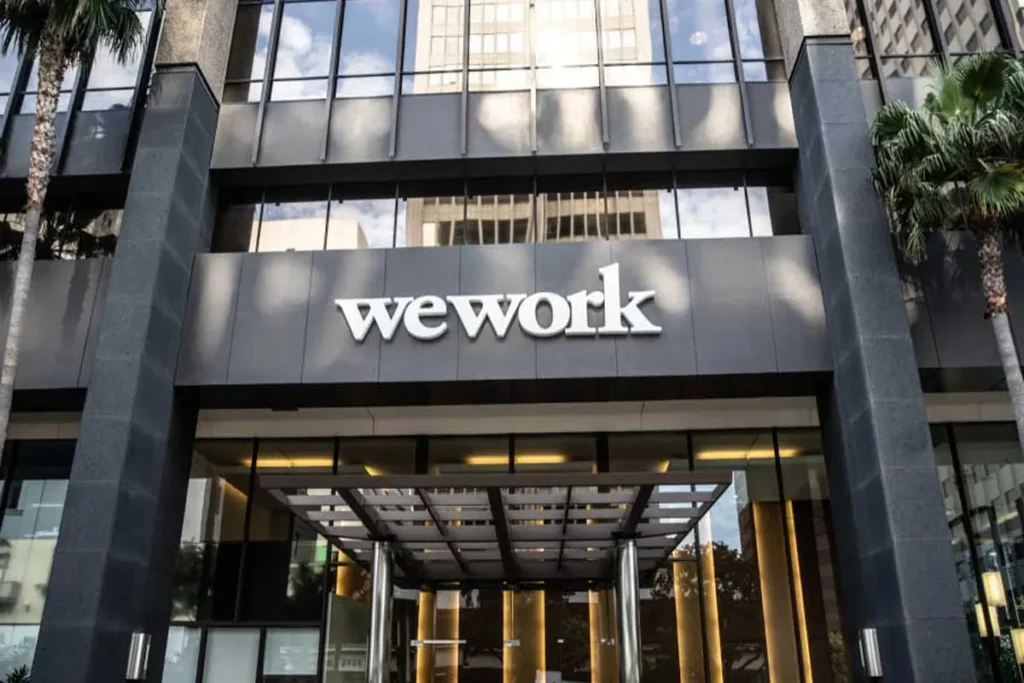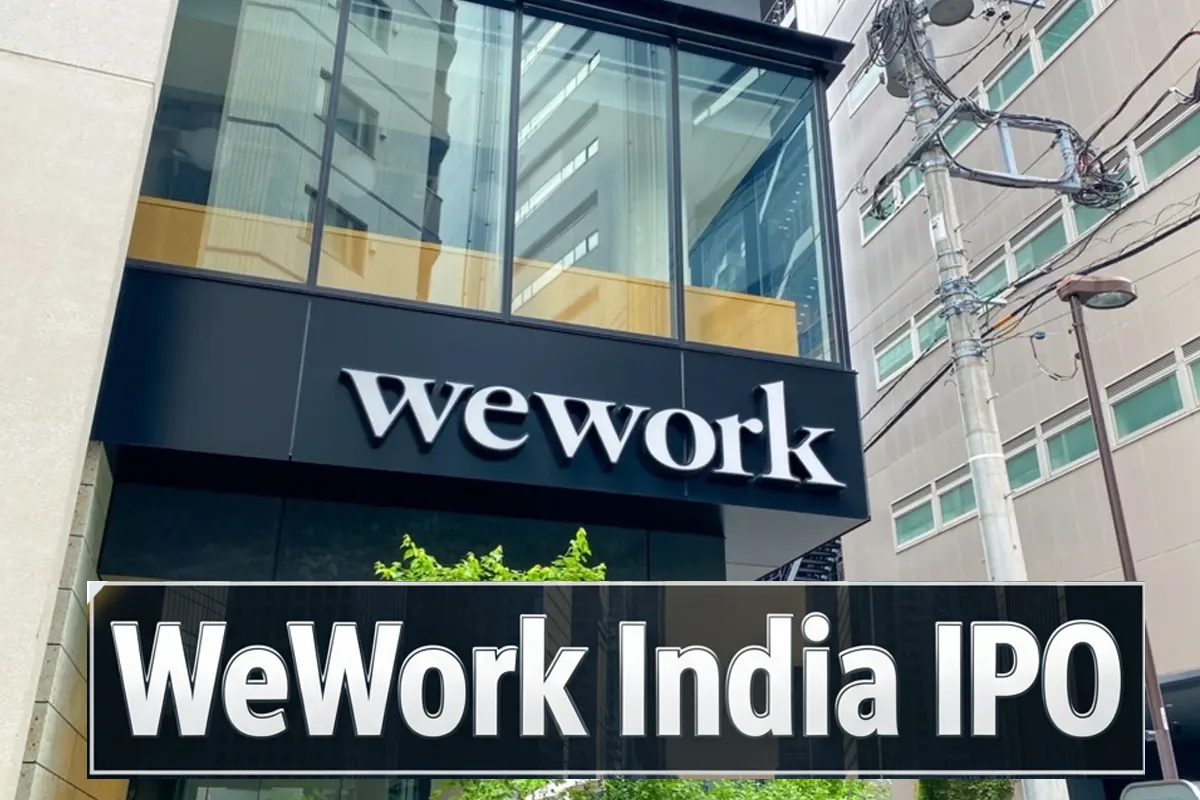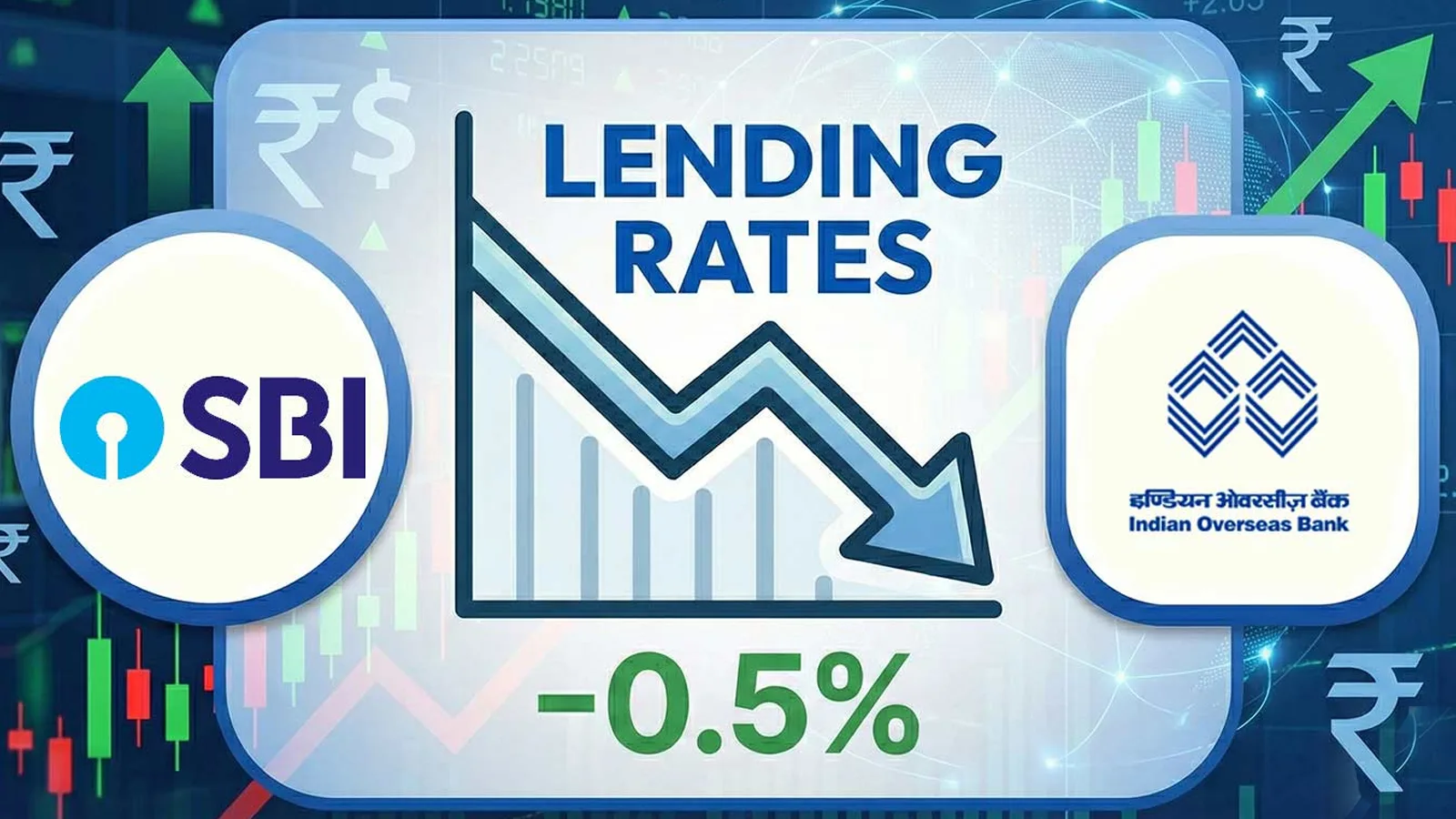“This article expresses my personal analysis based on publicly available financial data and market reports.”
A quiet debut for a loud name
When WeWork India finally hit the bourses on October 10, the excitement many expected barely flickered. Shares listed at ₹650 on the NSE—just ~0.3% above the issue price of ₹648. On the BSE, shares even dipped slightly below the issue price to ₹646.50.
As I watched the numbers flash, I felt a tinge of disappointment. This is a brand with global resonance, entering a hot space (co-working) in India, yet its market reception was nearly flat.
WeWork India IPO details & pricing
Price Band & Valuation
WeWork India had set a price band of ₹615–648 per share, targeting a valuation around ₹86,850 million (≈ $979 million). Importantly, it was a pure Offer for Sale (OFS)—no fresh shares were issued, meaning the company itself didn’t raise fresh capital from this IPO.
Subscription & Allotment
The IPO ran from October 3 to October 7. Overall subscription ended at ~1.15×, with interesting contrasts:
- QIB (qualified institutional buyers) portion was 1.79× subscribed.
- Retail investors lagged: ~0.61×.
- NII (non-institutional investors) participation was very weak (around ~0.23×).
On announcement day October 8, allotment was finalized and the issue price fixed at ₹648 per share.
Muted Listing, Cautious Market

The listing could hardly be called a “pop.” After the initial listing, the shares slid further—at one point trading ~2% lower at ₹634.50. Some reports mention a drop of 4% in intraday trading.
Why such a lukewarm reception?
1. Valuation seems steep
Many analysts flagged that the pricing already baked in high expectations. Compared to recent co-working or real-estate peers, WeWork India came in with a premium.
2. Governance & disclosure worries
Just days before listing, InGovern (a governance advisory firm) raised concerns about weak disclosure norms and financial opacity. According to The Economic Times Also, petitions in the Bombay High Court challenged whether the company sufficiently disclosed promoter and regulatory risks.
3. No fresh capital injection
Because it was an OFS, the company doesn’t receive funds for expansion. The entire benefit goes to existing shareholders, limiting WeWork India’s ability to raise new capital.
4. Real estate risk & rental costs
Operating in the co-working sector means leasing or renting expensive real estate, managing vacancy risk, and maintaining service infrastructure. If occupancy dips, margins tighten—especially in a volatile real estate market.
Real-world lens: Why investors held back
Let me bring you closer to ground realities. A mid-sized asset manager I spoke to, eyeing IPOs this season, admitted:
- “We liked the brand, but paying a premium in uncertain times? Better to wait and see some quarters of performance before jumping in.”
- Also, a startup founder in Bangalore told me:
- “WeWork is aspirational. But if the stock doesn’t deliver, people might lose faith quickly.”
These sentiments echo in the numbers—the cautious retail participation, the flat listing, and the guarded analyst tone.
2025 trends shaping WeWork’s path
- Hybrid work is here to stay. Companies are reducing fixed office space and looking for flexible leases. This tailwind favors co-workspace firms.
- Competition is rising. Players like Awfis, Smartworks, and IndiQube are expanding aggressively.
- Investor scrutiny is intensifying. In a post-pandemic world, investors want clear profitability paths, balance sheet strength, and governance hygiene.
- Real estate volatility matters. In cities like Delhi, Mumbai, Bengaluru, land costs and lease rates can shift fast—and co-working profitability is sensitive to those changes.
If WeWork India can keep occupancy high, manage costs tightly, and improve disclosure transparency, it could still gain investor trust over time.
Should you jump in now?
If I were in your shoes, here’s what I’d do:
- Short term: Don’t jump in full. The listing didn’t reward early buyers. Watch how Q3 and Q4 earnings come in.
- Medium to long term: If the company delivers solid margins, maintains high occupancy, and addresses governance, it might be worth a slot in a diversified portfolio.
- For risk-averse folks: It’s okay to sit this one out—until things clear up a bit.
I believe the listing was honest (not a hype trap), but it definitely showed us that markets will demand real results—not just brand value.
Final thoughts

WeWork India’s IPO listing was quiet, cautious, and full of caveats. The hype was real, but the market didn’t reward it – yet.
As someone who watches markets with hope and skepticism, I feel this debut is more a starting chapter than a grand climax. If you ask me, I’ll be on the sidelines for a bit-waiting to see if the company can turn its brand promise into consistent profits.
Conclusion
WeWork India IPO story feels like a reality check for both investors and the startup ecosystem. The flat listing clearly shows that markets are done rewarding hype – they now demand clarity, governance, and profitability.
Even though the co-working industry in India is buzzing with opportunity, WeWork India must now prove it can convert brand power into consistent earnings. The muted debut doesn’t mean failure – it’s simply a reminder that trust takes time to build.
As an investor, I see this as a “wait and watch” moment. If the company strengthens transparency, keeps offices full, and manages its real-estate risks wisely, it could still become a strong long-term story.
For now, WeWork India IPO debut wasn’t explosive — but it might just be the calm before the real growth begins.
Also Read LG Electronics IPO Allotment
Disclaimer: The views and recommendations above are those of individual analysts or brokerage companies, not US News Weeks. We advise investors to check with certified experts before making any investment decisions.
Source : The Economic Times & Business Standard - WeWork India IPO
✍️ Written by Nikhil Singh
Market & IPO Analyst | Business News Writer | Tech-Auto Observer
Nikhil has been tracking Indian IPOs, consumer brands, tech & automobile overview and financial trends since 2019. His writing style blends market insight with a relatable human voice — making complex data simple for everyday investors.






